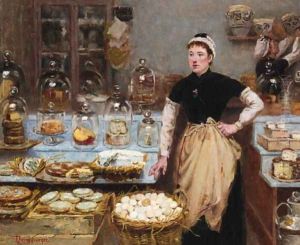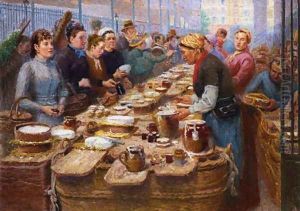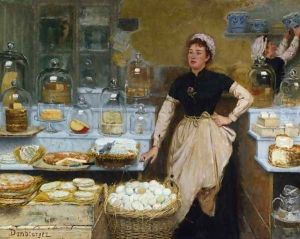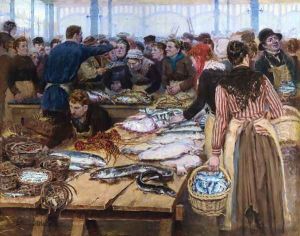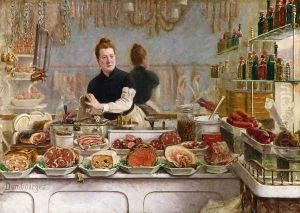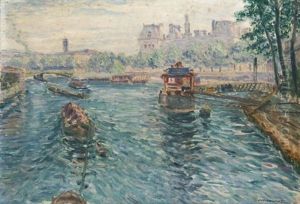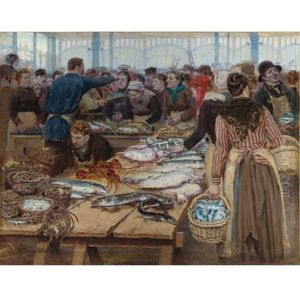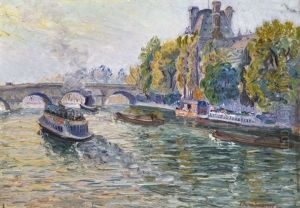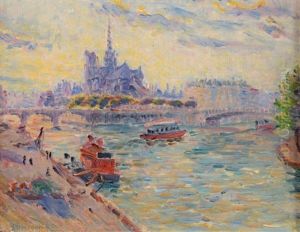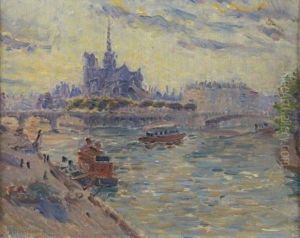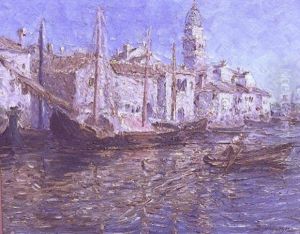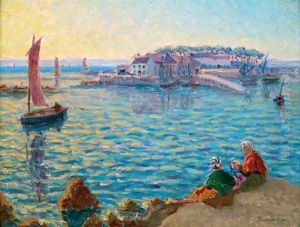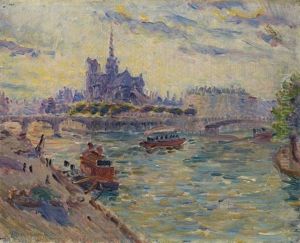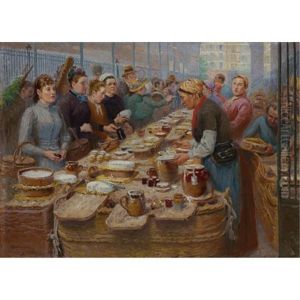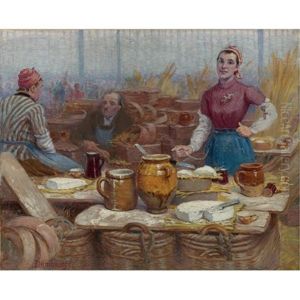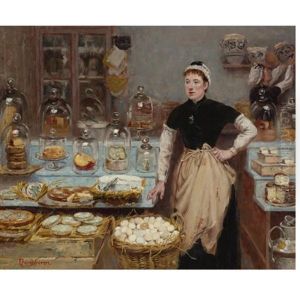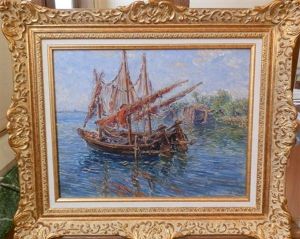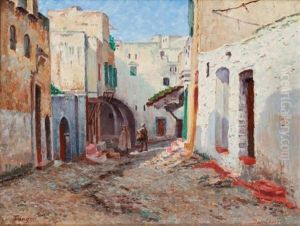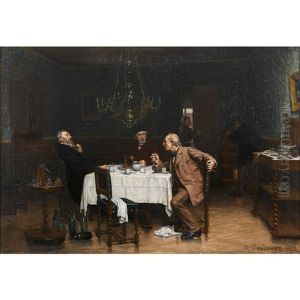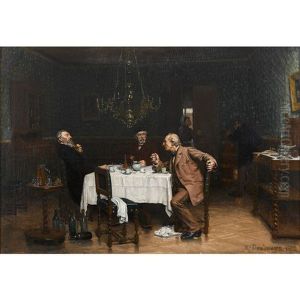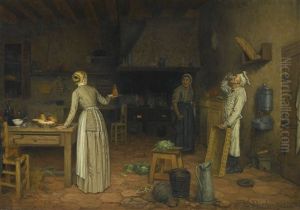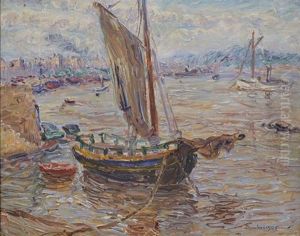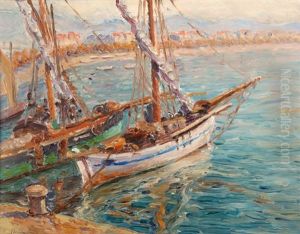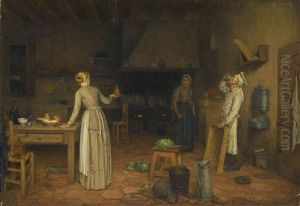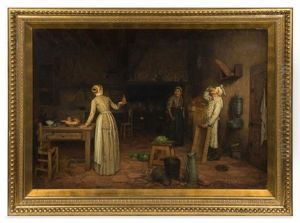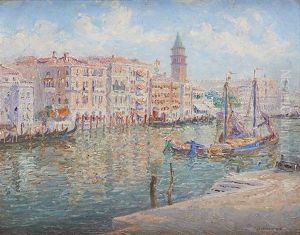Edouard-Jean Dambourgez Paintings
Édouard-Jean Dambourgez, born in 1857 in Bordeaux, France, was a distinguished French painter and printmaker, associated with the detailed and picturesque style of the late 19th-century French school. His work is characterized by a keen observation of everyday life and a dedication to capturing the nuances of light and atmosphere, typical of the period's artistic concerns.
Dambourgez's early life and education in the arts are not extensively documented, but it is known that he moved to Paris to advance his artistic training. There, he became part of the vibrant art scene, absorbing the influences of the Impressionists and the Barbizon school, although he maintained his unique style that leaned more towards realism and naturalism. He was particularly known for his genre scenes, landscapes, and still lifes, displaying a mastery in depicting the textures and colors of his subjects.
Throughout his career, Dambourgez exhibited his works at various salons and exhibitions. He regularly showed his pieces at the Paris Salon, the official art exhibition of the Académie des Beaux-Arts in Paris, which was the principal showcase for French artists to present their works to the public and to potential patrons. His meticulous attention to detail and the delicate interplay of light in his works earned him recognition and appreciation among art lovers and critics of his time.
Despite the changing tides of artistic trends, Dambourgez remained committed to his style, which resonated with a traditionalist approach. He did not radically adopt the more avant-garde movements that were emerging, such as Post-Impressionism or Cubism, which began to dominate the artistic landscape toward the end of his career. Instead, he continued to refine his technique within the framework of his established aesthetic.
Édouard-Jean Dambourgez passed away in 1931, leaving behind a body of work that captures the essence of a bygone era. His paintings continue to be appreciated for their beauty and technical skill, and they can be found in private collections and museums. While he may not be as widely recognized as some of his contemporaries, Dambourgez's contribution to the art world of the late 19th and early 20th centuries remains a testament to his dedication to the craft of painting.
